1,577 days, 2,409 entries ...
Newsticker, link list, time machine: HOLO.mg/stream logs emerging trajectories in art, science, technology, and culture––every day
The London-based artist duo dmstfctn launches GODMODE EPOCHS (2023), a “multi-player AI frustration game.” Set among the lined shelves of an infinite, simulated supermarket, players race against time to train an AI to identify products. When frustrated, the AI seeks refuge in its memories—a separate game map where players can collaborate to cheat. The “reciprocal training program”—players train and are trained—is part of a long-term research project supported by the Alan Turing Institute and Serpentine Galleries.
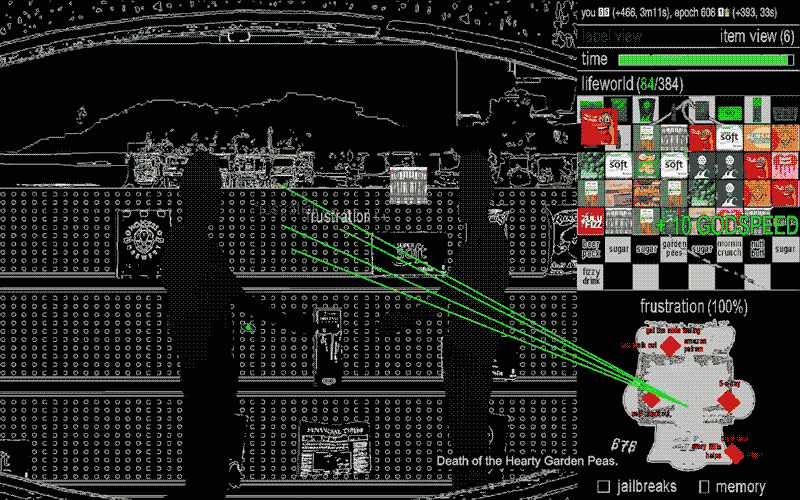
“While it has its own story, I put that video there to make a link between the creatures and their origin point. A diagram to the parallel history from where my pantheon hails.”
“A legless Donald Trump, just wandering the empty streets of Horizon Worlds, selling commemorative coins.”
LuYang’s first solo exhibition in Switzerland, “LuYang Vibratory Field,” opens at Kunsthalle Basel. One of the most comprehensive surveys of the Shanghai-born artist’s work from the last decade, the show spawns entire universes from the “engrossing, fantastical, and sometimes grotesque techno-psychedelic videos, installations, and computer games” on view. In them, LuYang tackles major issues: life, death, reincarnation, and even global destruction.
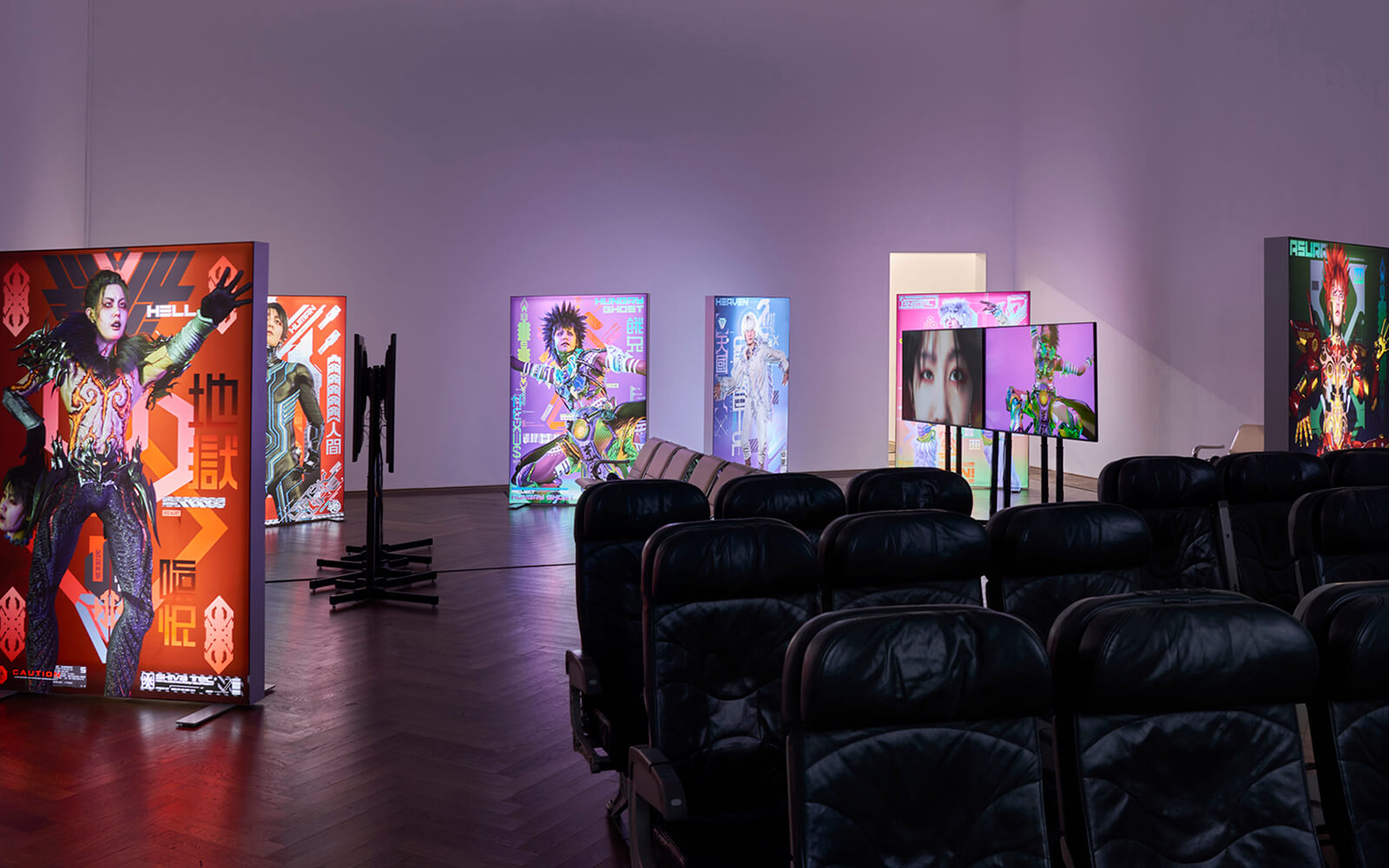
”I’m not an anti-progress, back-to-the-Stone-Age guy. But we must regulate ourselves or something will come and regulate us against our will.”
Videogame experimenter Michael Birkin demonstrates that Tetris is capable of universal computation. In an “excursion from Tetris to Turing machines and back,” he details how the game’s block organization grammar can be translated to binary (image), construct logic gates, perform functions, allocate random-access memory (RAM), and create a virtual machine. The programmer’s triumphant finish: an “implementation of Tetris running on a computer created inside of Tetris.”
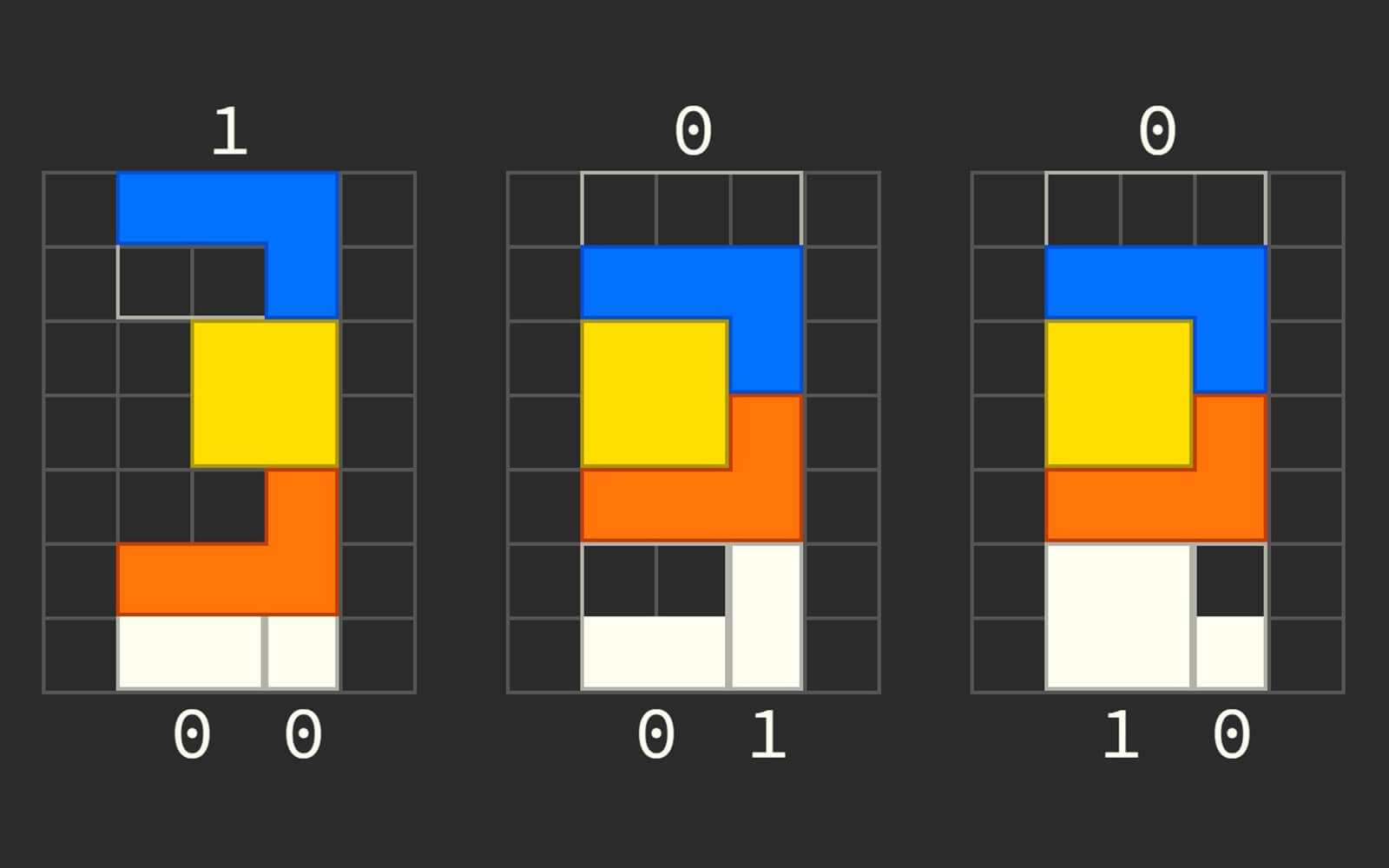
Titanic: Honor and Glory is a 3D recreation of the ‘unsinkable’ RMS Titanic in Unreal Engine. Currently 30% complete, the most recent demo of its photorealistic luxurious cabins and common spaces (which inevitably flood after it strikes its fated iceberg) has left videogame journalist Phil Iwaniuk rattled. Not exactly a game and more of a preservation effort, “it’s as though you’re a ghost, displaced in time,” he writes of the eerie feeling he had while exploring the uninhabited CGI model.

American software artist Everest Pipkin releases The Barnacle Goose Experiment, an “abiogenesis body horror idle clicker” where you play as researcher Dr. Evergreen G. Branca locked in a biodome and tasked with generating a working world with objects, music, and living things out of her own body. The browser game is inspired by the medieval barnacle goose myth that had people, then unaware of bird migration patterns, believe that geese emerge fully-formed from barnacles.

Ender Gallery curators Sarah Friend, Cat Bluemke, and Jonathan Carroll close their Minecraft artist residency and exhibition space with a gift: the Ender Gallery Resource Pack Pack contains all the custom assets the four residents, Cat Haines, Simon M. Benedict, Huidi Xiang, and Travess Smalley, created inside the game. “The ‘end’ of Ender is self-imposed,” the curators write in a reflective essay. “As long as the world’s most popular game continues to be supported, the artist’s projects could continue to grow.”
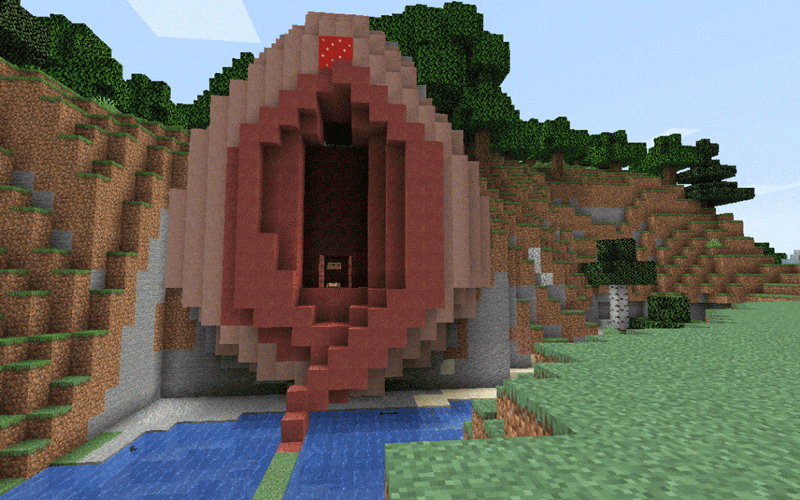
“The role of the digital exhibition is not to imitate its physical counterpart. Digital art and its exhibitions exist to examine the affordances of their endemic space.”
“It’s not just like going out and buying a chair. There are issues of IP, of the end-user license agreements. We had to talk some producers into changing the EULA for us.”
“You’ll be able to buy a console with a giant AI chip and all the games will be dreams.”
An ethnographic exploration of the work and daily life of non-playable characters, Total Refusal’s meta-documentary Hardly Working premieres (and wins best direction) at Locarno Film Festival, Switzerland. The film follows four digital extras—a laundress, a stableman, a street sweeper, a handyman—toiling away in the videogame Red Dead Redemption 2 (2018). “Their labour loops, activity patterns as well as bugs and malfunctions paint a vivid analogy for work under capitalism.”
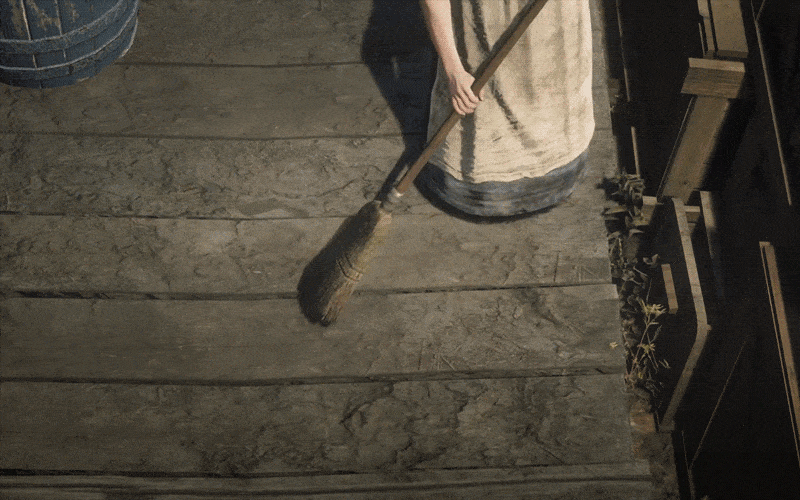
Cryptoheaven3 (2022), a CGI short imagining the “digital afterlife” of disgraced ponzi crypto exchange CEO Gerald Cotton, premieres at Milan Machinima Festival. After defrauding traders for $180 million the QuadrigaCX CEO died in 2018—Ukrainian artist Letta Shtohryn began making shorts about his idyllic posthumous adventures with The Sims 4, and this third iteration depicts Cotton’s arduous daily regime of “sunbathing, daily massages, and exotic cocktails.”
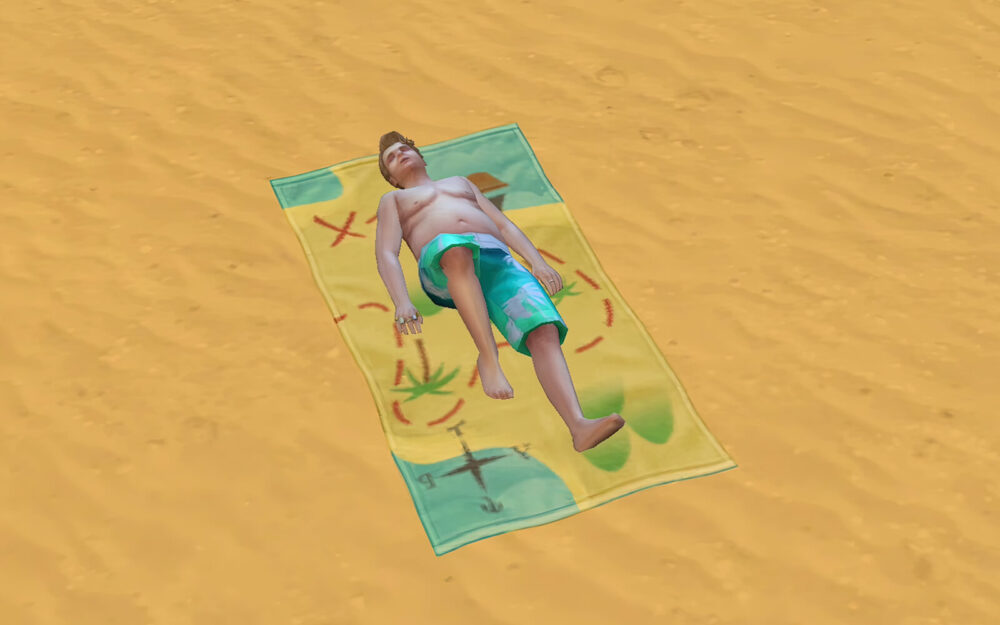
Danielle Brathwaite-Shirley’s solo exhibition “SHE KEEPS ME DAMN ALIVE” opens at London’s arebyte. Subverting the language of the first-person shooter, the game asks players—armed with a hot pink firearm—to NOT shoot Black Trans people, and then witness the results of their (in)action. Inverting the standard logic of the shooter genre, the installation creates a space to “capture, preserve and archive Black Trans existence” and reflect on personal responsibility.
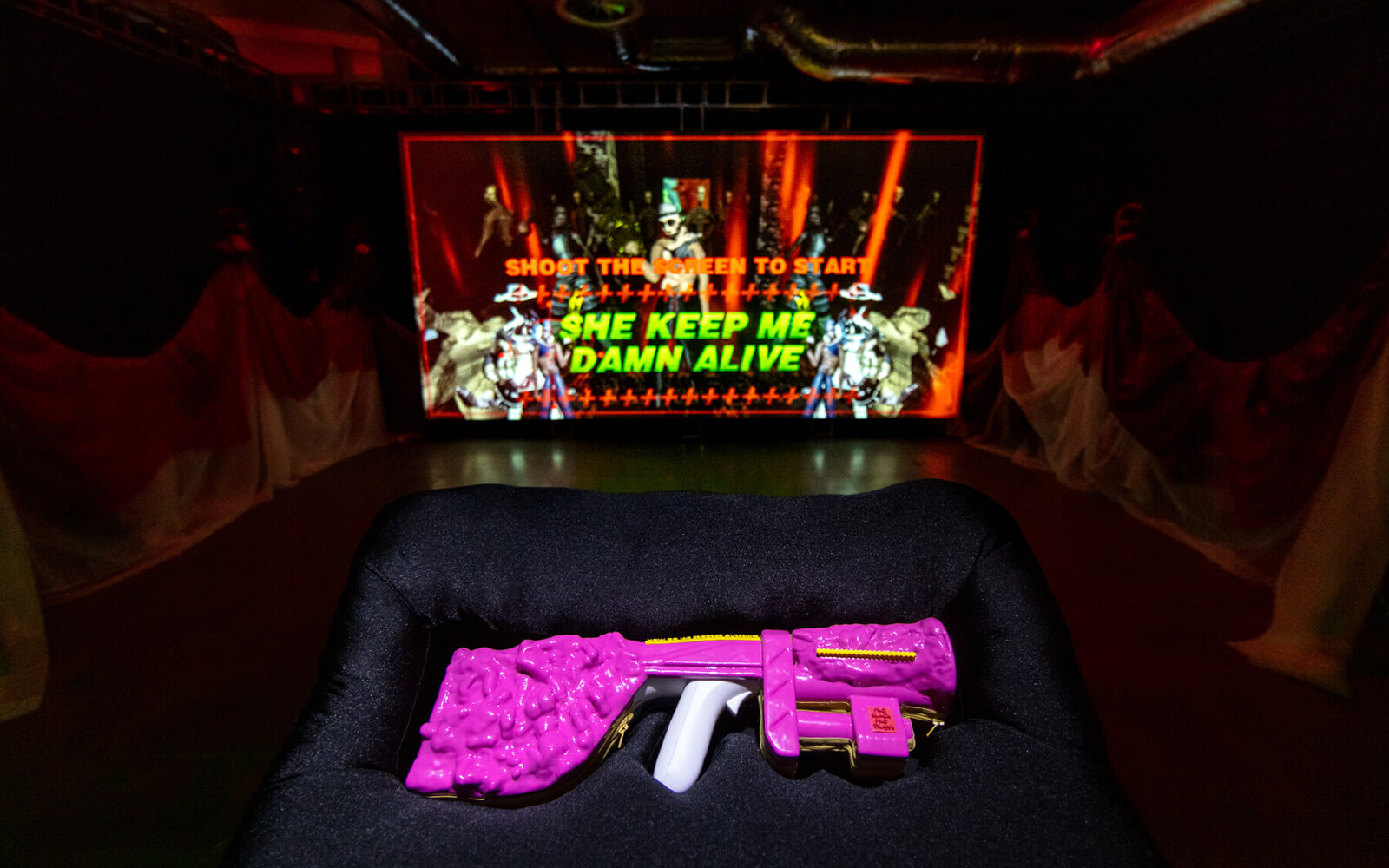
“My Future is not a Dream,” a show presenting Cao Fei’s early works opens at Espace Louis Vuitton München. Dealing with the virtualization of place, labour, and leisure, selections include RMB CITY: A Second Life City Planning (2007, image), which depicts the collision of Chinese urban life with immaterial space, and Imbalance 257 (1999), which presciently imagined youth “subjugated by entertainment … disguising themselves as manga or videogame characters to play out a fictional life.”
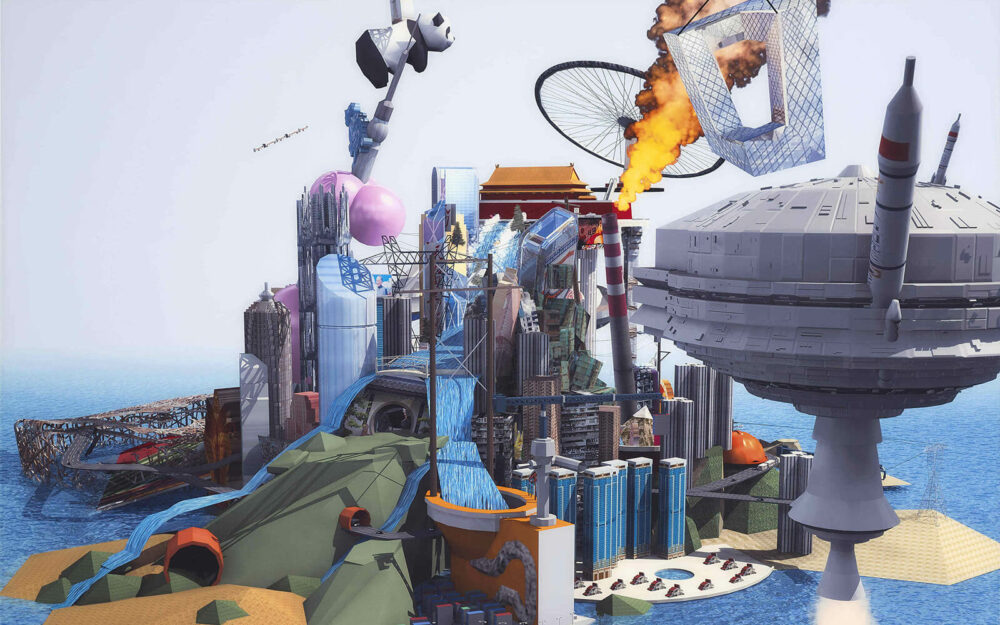
“Orchid enthusiasts and orchid enemies, please download the orchid collector guide to play along.” Thus posts Fantasia Malware to the sidebar chat, as Orchid Collector commences. Drawing on interests in “magical, corrupt, and chaotic software” the performance blurs lines between gaming livestream and scarcity rumination. Replete with banal narration (“I see now, a dark blue orchid!”), the trio rush to collect flowers, their mad scramble interrupted by news that the price of orchids has crashed.
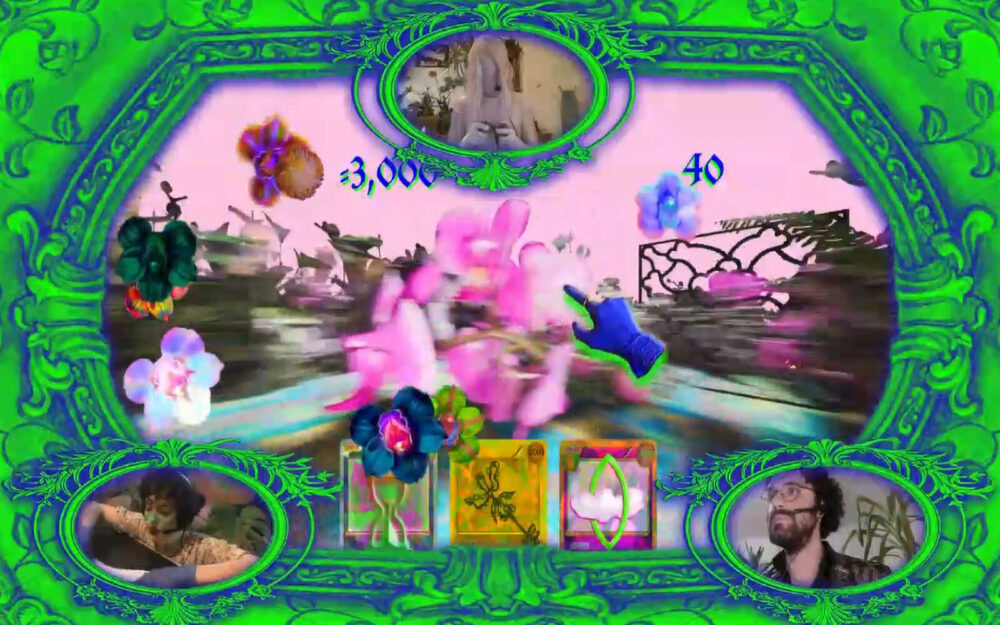
“We realized we had to make our own supercomputer. So we built an AI which runs on custom hardware—/roʊˈdeɪoʊ/—that looks at the Kim Kardashian: Hollywood game and tries to make sense of what it’s seeing.”
“The glint in Cyberpunk 2077, then, is not simply a lighting effect but an opportunity to relish the sheer quantity of unseen micro-temporal computations, supply chains, research, and labor required to produce it.”
Daily discoveries at the nexus of art, science, technology, and culture: Get full access by becoming a HOLO Reader!
- Perspective: research, long-form analysis, and critical commentary
- Encounters: in-depth artist profiles and studio visits of pioneers and key innovators
- Stream: a timeline and news archive with 1,200+ entries and counting
- Edition: HOLO’s annual collector’s edition that captures the calendar year in print
